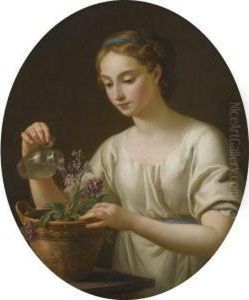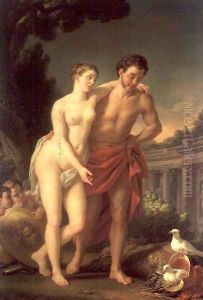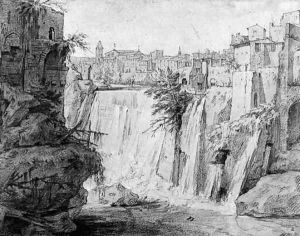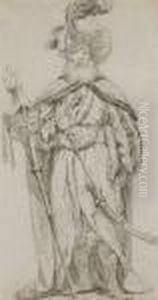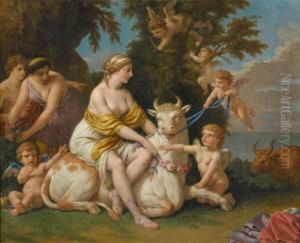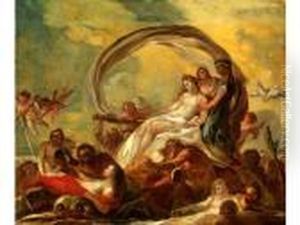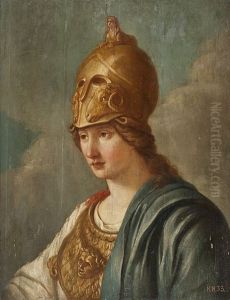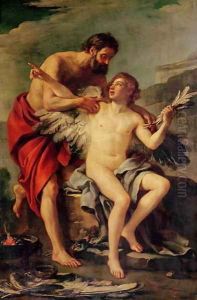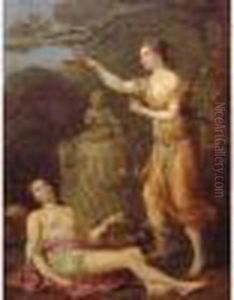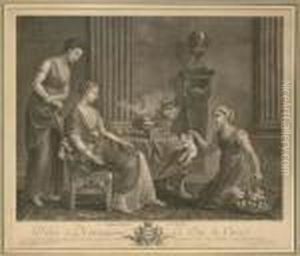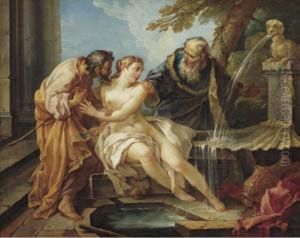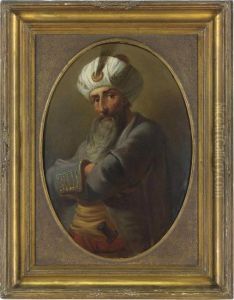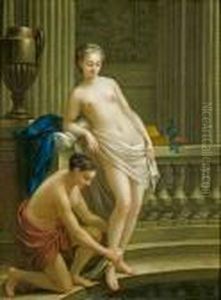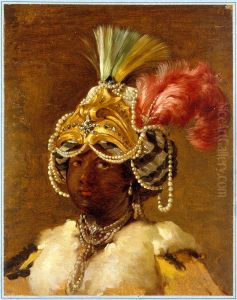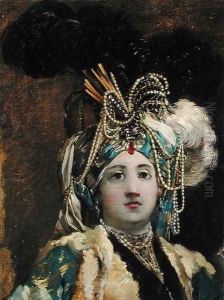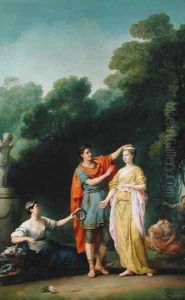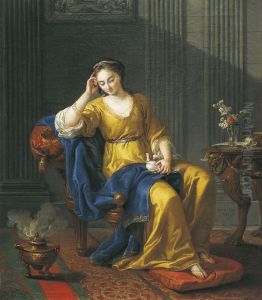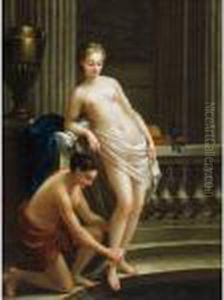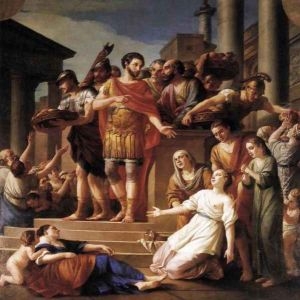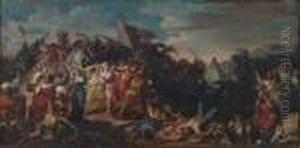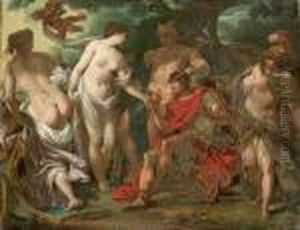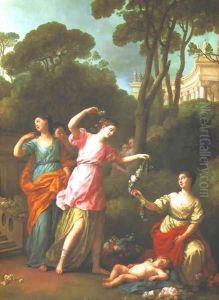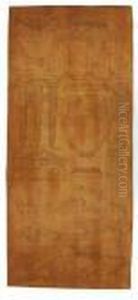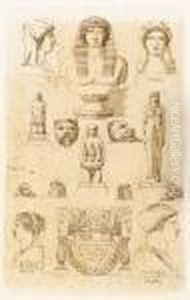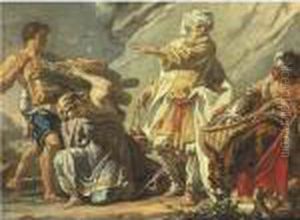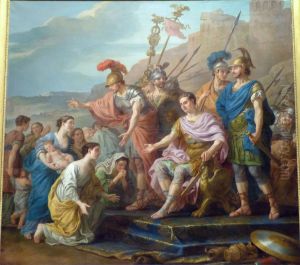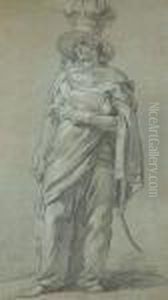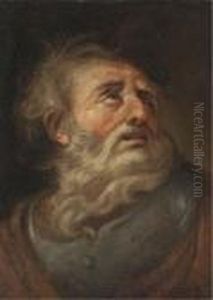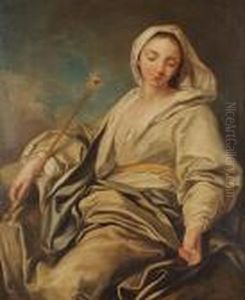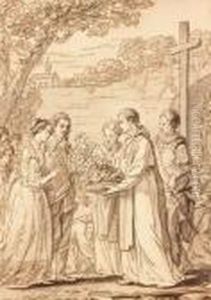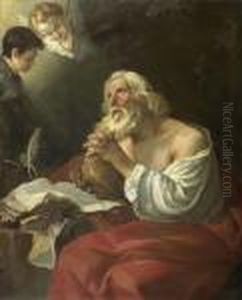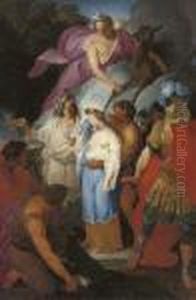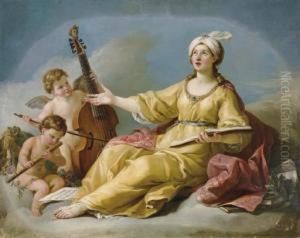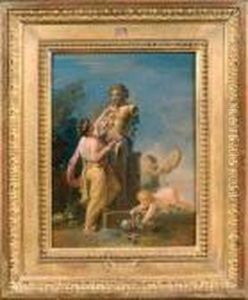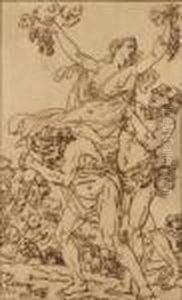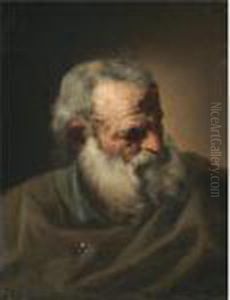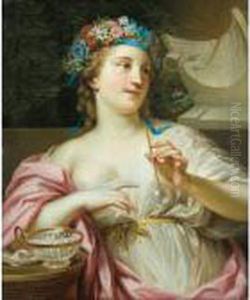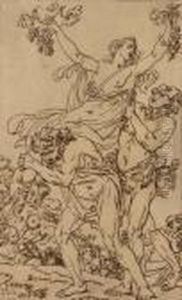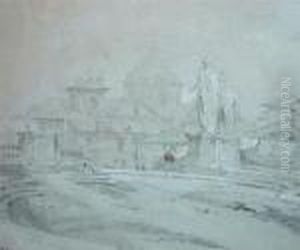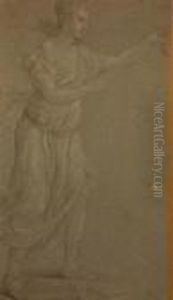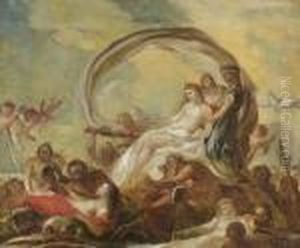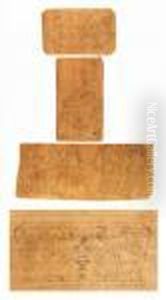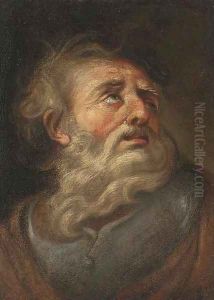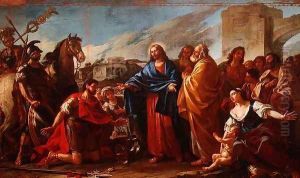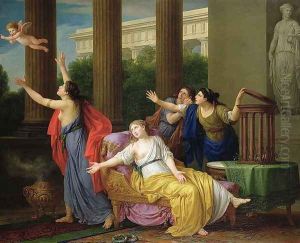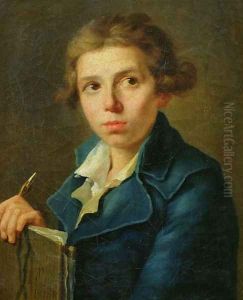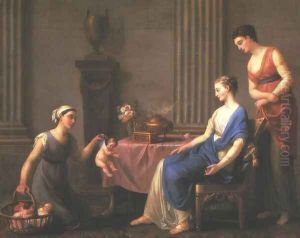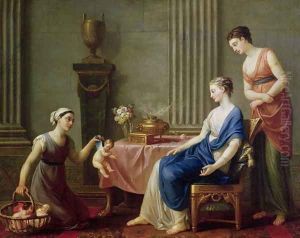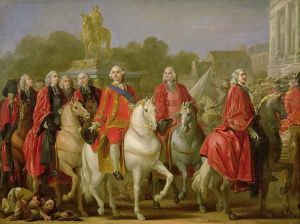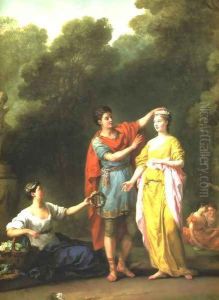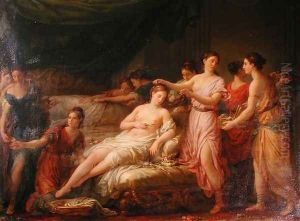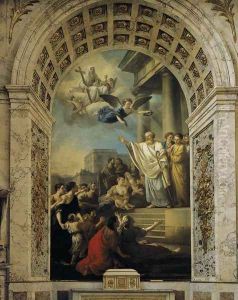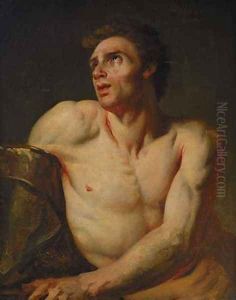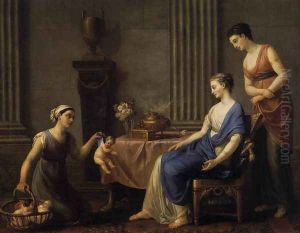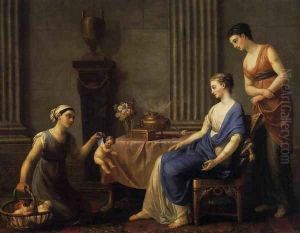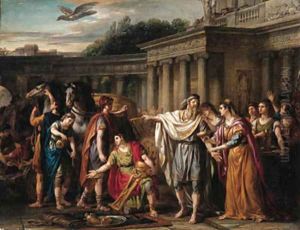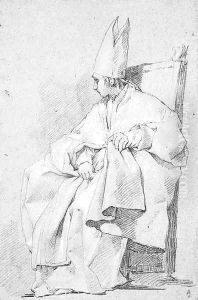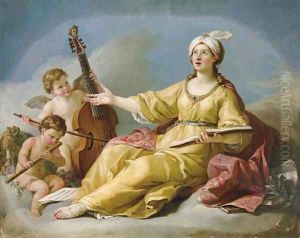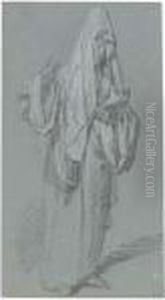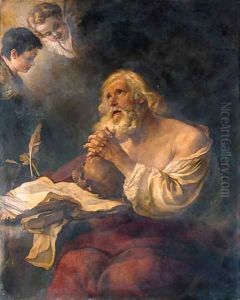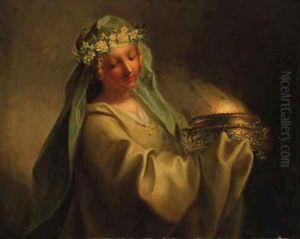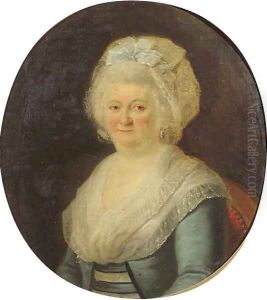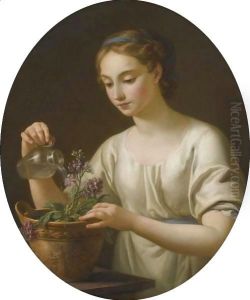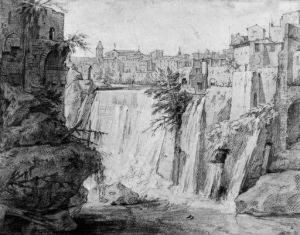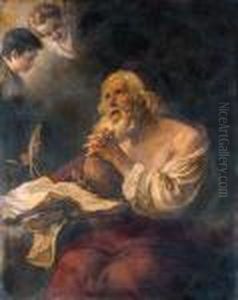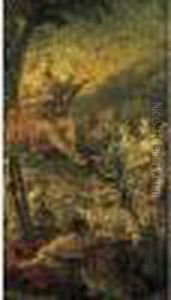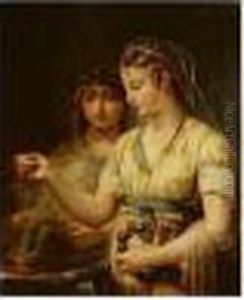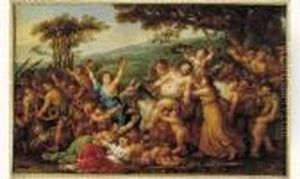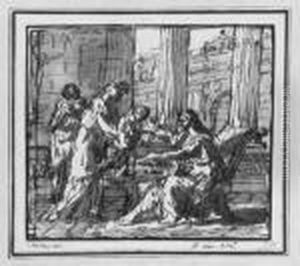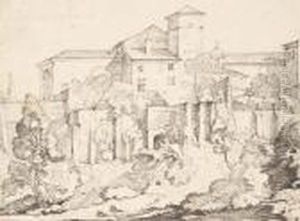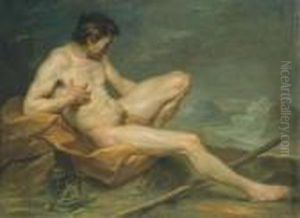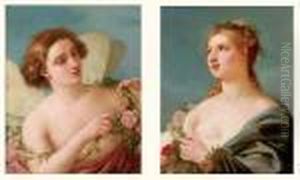Joseph-Marie Vien Paintings
Joseph-Marie Vien was a French painter and draftsman born on June 18, 1716, in Montpellier. He is often regarded as a transitional figure between the Rococo and Neoclassical periods. Vien's early work was influenced by the Rococo style, which was characterized by its playful, ornate, and decorative elements. However, he later became a pioneer of the Neoclassical movement, which sought to return to the simplicity, clarity, and grandeur of ancient art, especially that of classical Greece and Rome.
Vien received his initial training in art in Lyon and subsequently moved to Paris to continue his studies. In Paris, he became the student of French painter Charles-Joseph Natoire. Vien's talent was recognized early on, and he won the prestigious Prix de Rome in 1743, which allowed him to study at the French Academy in Rome from 1744 to 1750. His time in Italy had a profound impact on his artistic development, as he was exposed to the works of classical antiquity and the Renaissance.
After returning to France, Vien's career flourished. He was admitted to the Royal Academy of Painting and Sculpture in 1754 and later became a professor there. His work during this period began to reflect his shift towards Neoclassicism. Vien's art was characterized by its studied simplicity and use of clear outlines, subdued palette, and classical themes.
In 1775, Vien was appointed director of the French Academy in Rome, a position that further cemented his influence on the development of Neoclassicism. During his tenure, he mentored a number of young artists, including Jacques-Louis David, who would become one of the most prominent Neoclassical painters.
Vien continued to receive honors and recognition for his contributions to art. He was appointed First Painter to King Louis XVI in 1789. Despite the political upheavals of the French Revolution, Vien managed to maintain his position and even survived the Reign of Terror. He returned to Paris in the late 1790s and continued to paint until his death on March 27, 1809.
Vien's legacy includes not only his own artworks but also his significant influence on the next generation of artists. He played a crucial role in the transition of French art from the Rococo to the Neoclassical style and is remembered as a key figure in the history of art.
